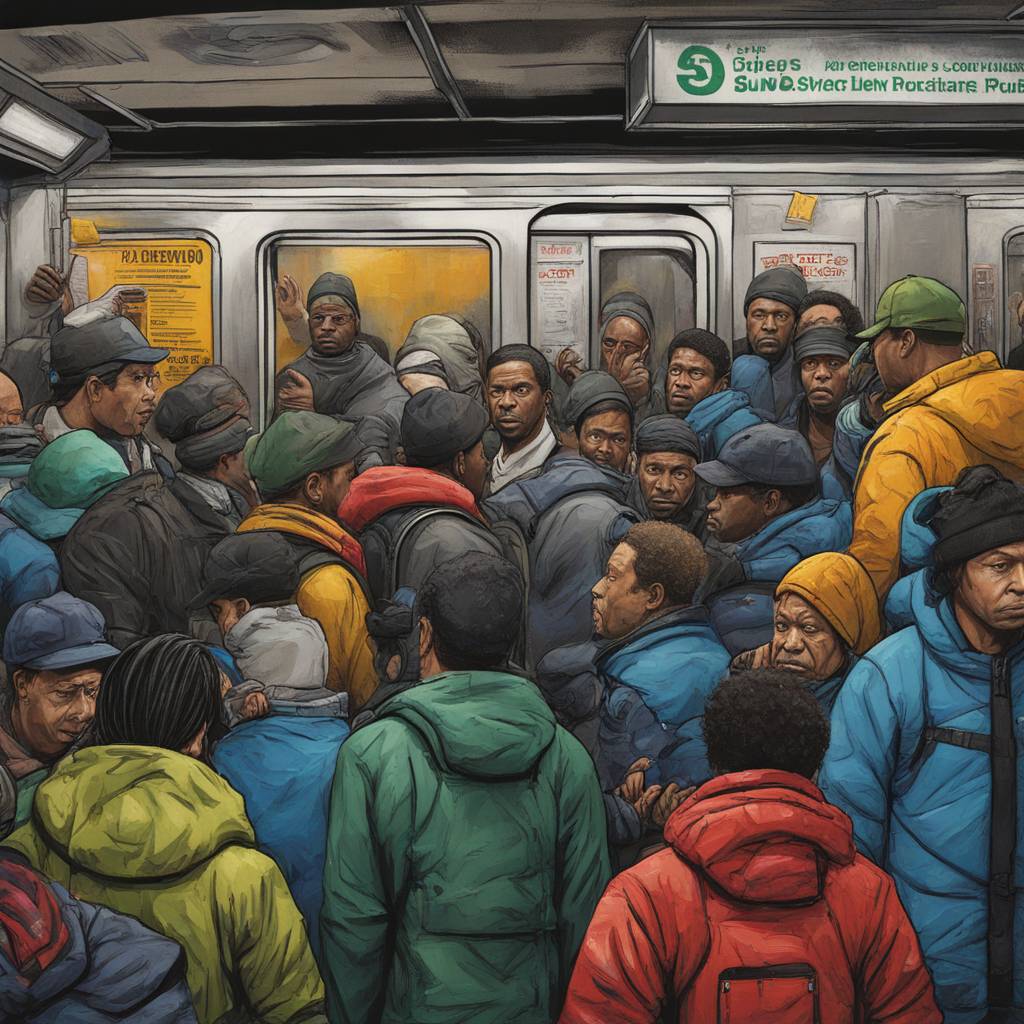Carlton McPherson, accused of pushing a stranger in front of a subway train, had struggled with severe mental illness and had been placed in specialized homeless shelters in New York City. However, city records and interviews revealed that mental health services in these shelters were offered sporadically, leading to episodes of violence, disorder, and preventable harm. Over a four-year period, 50 people died in the shelters, with half of the deaths linked to suspected drug overdoses. Additionally, more than 1,400 fights broke out, with over half resulting in serious injury, and eight people took their own lives.
The increase in mental health shelters in New York City in recent years has not been enough to meet the soaring need for services for homeless mentally ill individuals. Despite the city’s efforts to provide emergency housing, there has been a lack of psychiatric care in the shelters. The city’s homeless shelter system is just one part of a safety net that has been strained and often unable to meet the needs of individuals in crisis. Hospitals have discharged mentally ill patients prematurely, and specialized treatment teams have long waiting lists, leading many to turn to shelters for help.
The mental health shelters have become a last resort for many profoundly ill people, but they have struggled to provide the necessary care and support. The shelters have been plagued by violence, disorder, and incidents of self-harm. Mr. McPherson’s case exemplifies the failure of the shelter system to effectively address the needs of individuals struggling with mental illness. The shelters have often resorted to moving individuals from one facility to another, further destabilizing those in need of stability.
The city’s mental health shelters have been scenes of tragedy and violence, with incidents of attempts at self-harm, sexual assaults, thefts, and criminal activity reported within the facilities. Deaths, injuries, and serious incidents have been prevalent in these shelters, highlighting the challenges faced by staff and residents. The shelters have struggled to address the complex needs of the mentally ill population they serve, leading to a cycle of instability and worsened mental health outcomes.
Efforts have been made to improve safety at the shelters, with the city training staff on how to prevent overdoses and suicide, as well as linking residents to more intensive psychiatric services. However, the inherent challenges of providing care to mentally ill individuals in a shelter setting have remained. The city’s homeless shelter system, including mental health shelters, requires significant changes and improvements to better serve those in need of support and care.
The tragic case of Carlton McPherson underscores the failures of the mental health shelter system in New York City. The shelters have struggled to provide adequate care for homeless mentally ill individuals, leading to instances of violence, self-harm, and preventable harm. Efforts are being made to address these issues, but systemic changes are needed to better support those struggling with severe mental illness in the city’s shelter system.


